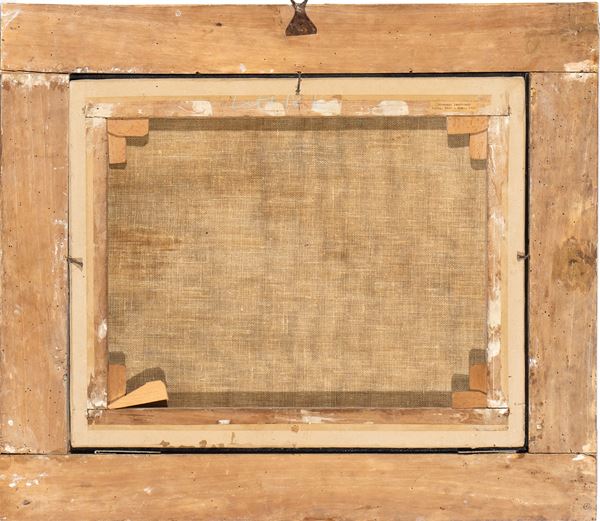121
Giovanni Lanfranco (Parma, 1582 - Roma, 1647)Circle of
The body of dead Abel
Oil on canvas
74x84 cm.
The scene fixes a moment devoid of action, and therefore very rarely depicted in painting, in the dramatic story of the killing of Abel by his brother Cain (Genesis, 4:1-15). The artist here focuses exclusively on the display of Abel's lifeless naked body lying on the ground, while usually the moment of the murder is chosen, when Cain raises his arm against his brother with a donkey's jaw, or, in the alternative, the mourning of the progenitors at the discovery of their son's corpse: and it is precisely the animal jaw in the foreground that allows us to identify the subject of the canvas with certainty. The painting speaks a pictorial language in which post-Carraccesque Bolognese stimuli (particularly related to Ludovico) and Roman elements converge, at a chronological height between the third and fourth decades of the seventeenth century. Worth noting here is both the skillful foreshortening of Abel's body, with its insistent chiaroscuro contrasts, and the virtuosity in the anatomical rendering, with the slight bulge of the belly. Very refined, finally, is the choice to limit the sign of the violence suffered to the slight trickle of blood that runs from the temple down the cheek and neck to stop at the hollow of the collarbone.
Provenance:
Maurizio Marini collection, Roma
Maurizio Marini collection, Roma
Live auction 275
Paintings, Drawings and Sculptures from 14th to 19th Century
Palazzo Caetani Lovatelli, thu 23 November 2023
SINGLE SESSION 23/11/2023 Hours 15:00






